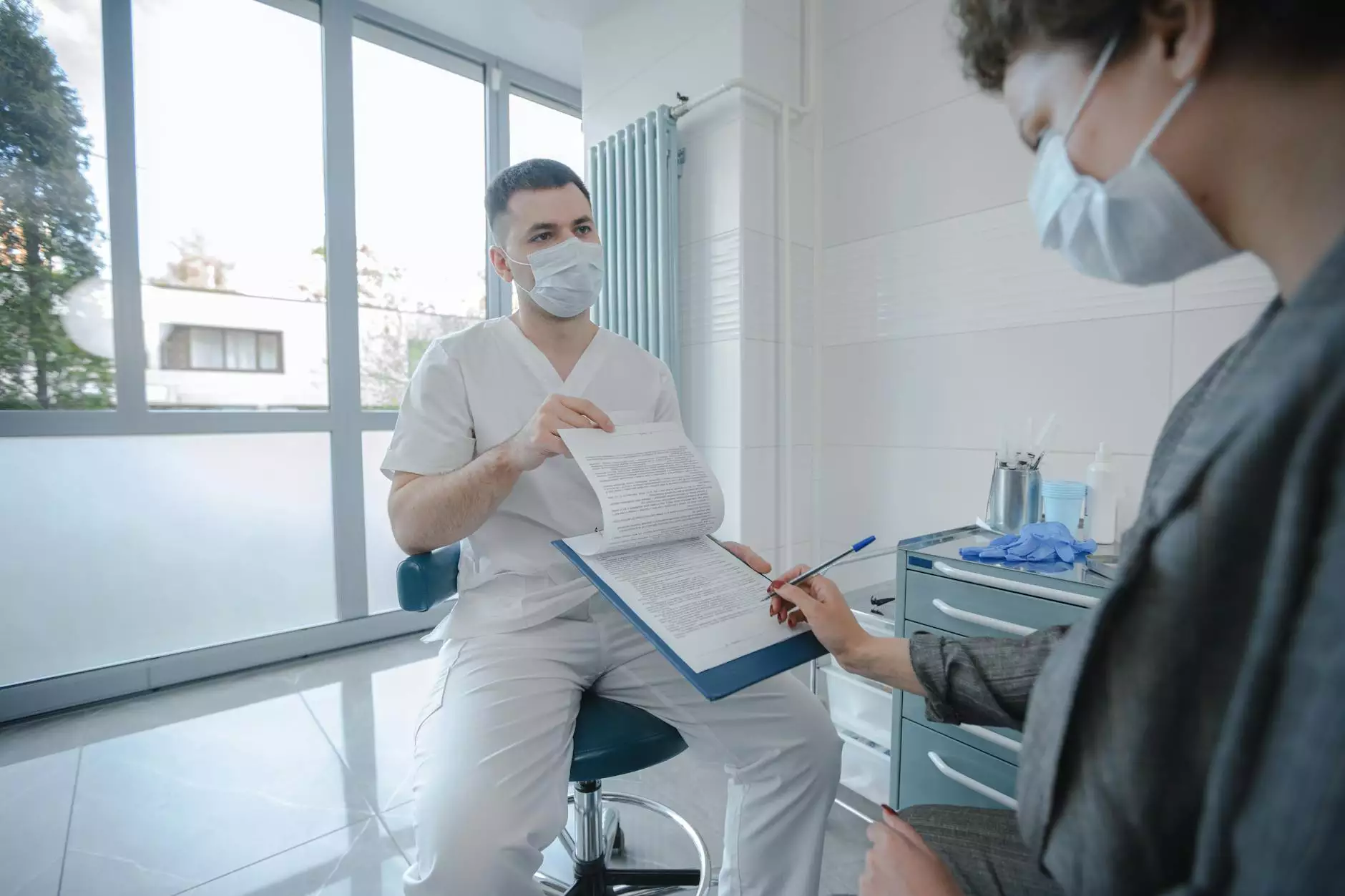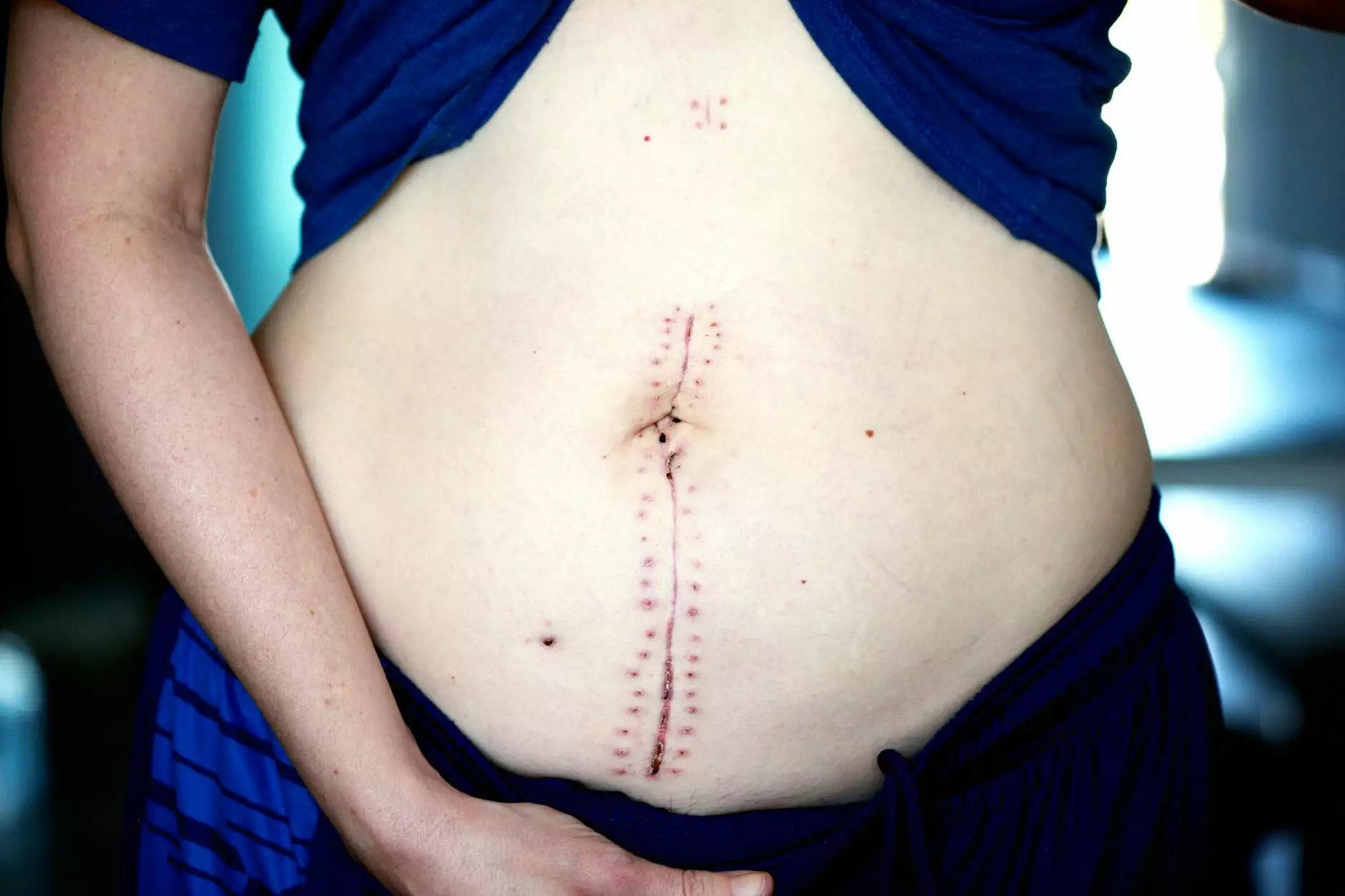Bilateral Oophorectomy and Salpingectomy: Understanding the Procedures

Bilateral oophorectomy and salpingectomy are significant surgical procedures performed on women, often in the context of addressing a range of gynecological health issues. In this article, we will delve into the details, benefits, and considerations associated with these surgeries. This extensive guide will provide clarity on the procedures, empowering patients with knowledge and supporting informed decisions.
What is a Bilateral Oophorectomy?
A bilateral oophorectomy refers to the surgical removal of both ovaries. This procedure is typically indicated for various medical conditions, including:
- Ovarian cancer
- Severe endometriosis
- Ovarian cysts that do not respond to other treatments
- Genetic predisposition to ovarian cancer (e.g., BRCA mutations)
During a bilateral oophorectomy, the surgeon may also remove the fallopian tubes in a procedure known as a bilateral salpingectomy, which we will discuss further below.
What is a Salpingectomy?
A salpingectomy involves the surgical removal of one or both fallopian tubes. This procedure is often performed in conjunction with oophorectomy for comprehensive treatment or prevention strategies. Reasons for performing a salpingectomy include:
- Risk reduction for ovarian cancer
- Ectopic pregnancy
- Pelvic inflammatory disease
- Other tubal pathologies
Bilateral Salpingectomy Explained
A bilateral salpingectomy specifically refers to the removal of both fallopian tubes. This is often done during a bilateral oophorectomy or as a standalone procedure. By removing the fallopian tubes, the risk of ovarian cancer is significantly reduced, as recent studies have suggested that many ovarian cancers originate in the fallopian tubes.
Indications for Bilateral Oophorectomy and Salpingectomy
The decision to undergo a bilateral oophorectomy and salpingectomy is multifaceted and should be made in consultation with a qualified healthcare provider. Common indications include:
- Oncology: In cases where malignancy is present or there is a strong family history of ovarian and breast cancer.
- Endometriosis: Severe cases can lead to chronic pain and other complications requiring surgical intervention.
- Cysts: Persistent and painful ovarian cysts that do not respond to hormonal treatment may necessitate surgical removal.
- Genetic Risk: Women identified with BRCA1 or BRCA2 mutations may elect for these surgeries as a preventative measure.
The Surgical Procedure: What to Expect
Both bilateral oophorectomy and salpingectomy can be performed laparoscopically (minimally invasive) or via an open surgical approach, depending on the specific circumstances and the surgeon’s recommendations. Here’s a detailed overview of the process:
Preoperative Preparation
Before the surgery, patients typically undergo:
- Comprehensive Evaluation: This includes medical history, physical examination, and potentially imaging studies.
- Counseling: Discussion of the reasons for surgery, expected outcomes, and potential risks.
- Laboratory Tests: Blood tests and other necessary screenings to ensure the patient is fit for surgery.
The Surgical Procedure
During the procedure, the surgeon will:
- Administer Anesthesia: General anesthesia is commonly used.
- Access the Abdomen: Laparoscopic instruments are inserted through small incisions, or a larger incision is made for open surgery.
- Remove the Ovaries and Tubes: The affected ovaries and fallopian tubes are carefully excised.
- Inspect Surrounding Organs: The surgeon will check for other potential complications, such as adhesions or abnormal growths.
- Close the Incisions: The incisions are closed with sutures or surgical adhesive.
Postoperative Care and Recovery
After surgery, patients undergo a recovery period that will vary according to the approach taken and individual factors. Here’s what to expect during recovery:
Immediate Postoperative Care
In the hospital, patients are monitored for:
- Vital signs
- Pain management
- Signs of complications, such as infection
At Home Recovery
Once home, patients should adhere to the following guidelines for a smooth recovery:
- Rest: Ensure adequate rest to facilitate healing.
- Follow-Up Appointments: Keep scheduled appointments with healthcare providers to monitor recovery.
- Gradual Return to Activity: Light activities are encouraged; strenuous exercise should be avoided initially.
- Watch for Symptoms: Be alert for any signs of complications, including increased pain, fever, or unusual discharge.
Potential Risks and Complications
While bilateral oophorectomy and salpingectomy are generally safe procedures, there are potential risks to consider:
- Infection: As with any surgery, there is a risk of infection at the incision site or internally.
- Bleeding: Some patients may experience excessive bleeding during or after surgery.
- Anesthesia Complications: Adverse reactions may occur with anesthesia administration.
- Hormonal Changes: Removal of the ovaries can lead to abrupt hormonal changes, resulting in menopausal symptoms.
- Emotional Impact: Patients may experience emotional adjustments following surgery, especially related to fertility.
Understanding the Long-Term Effects
After a bilateral oophorectomy, women will enter menopause if they have not already done so. It’s crucial for patients to discuss long-term health implications with their doctor, which may include:
- Hormone Replacement Therapy (HRT): This can help manage menopause symptoms.
- Bone Health: Hormonal changes can increase the risk of osteoporosis; therefore, calcium and vitamin D intake may need to be monitored.
- Cardiovascular Health: The risk of heart disease may increase, necessitating lifestyle changes.
- Regular Screening: Ongoing follow-up with healthcare providers for overall health maintenance is vital.
Conclusion: Making Informed Choices
In conclusion, a bilateral oophorectomy and salpingectomy are crucial surgical options for women facing significant gynecological health challenges. Understanding the procedures, their risks, benefits, and long-term effects is imperative for making informed decisions. Consulting with experienced healthcare professionals, such as those at drseckin.com, can provide invaluable support to ensure optimal health outcomes.
Women considering these surgeries should engage in detailed discussions with their healthcare providers, weigh the risks and benefits, and consider all available options. Through this knowledge, patients can navigate their healthcare journey with confidence and clarity, ensuring their health and well-being in the long run.









